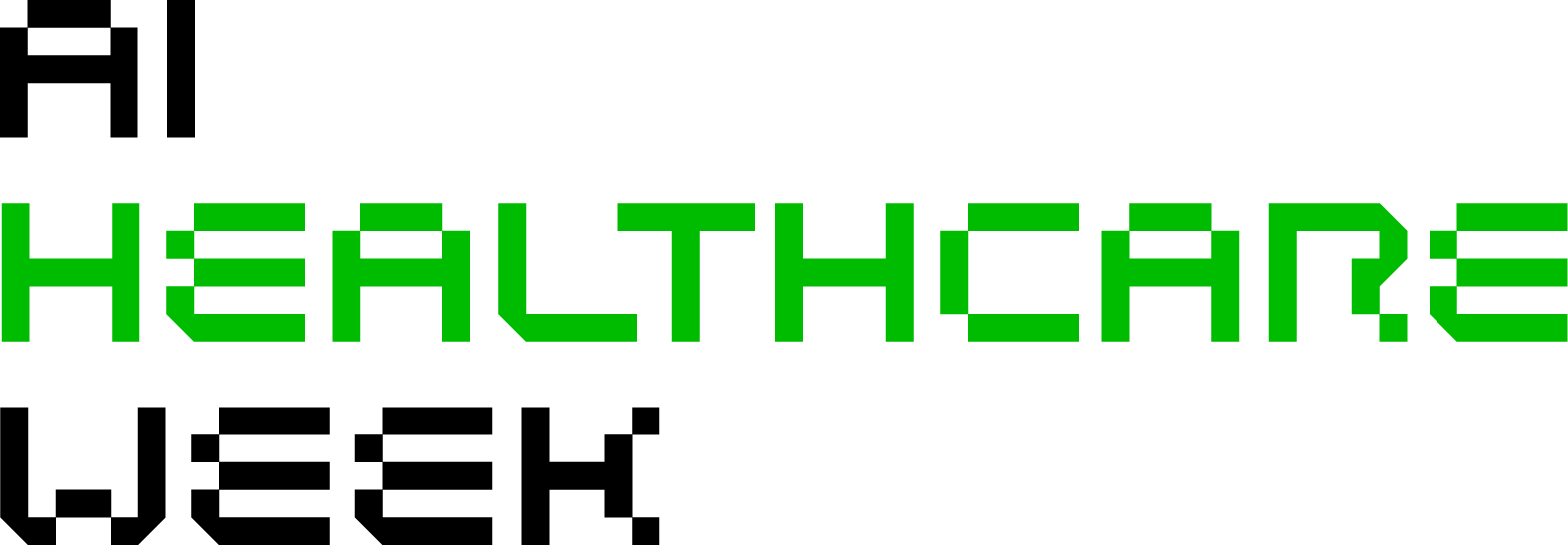Artificial Intelligence (AI) is revolutionizing healthcare, particularly in radiology, where vast amounts of imaging data require rapid and precise analysis. While supervised learning models have driven progress in medical imaging, they demand large labeled datasets—an obstacle due to high annotation costs and inter-reader variability. Self-supervised learning (SSL) emerges as a game-changer, leveraging unannotated data to train AI models with greater efficiency and scalability.
Understanding Self-Supervised Learning in Radiology
Self-supervised learning is a paradigm in machine learning that enables AI models to extract meaningful representations from medical images without the need for extensive labeled datasets. Instead, SSL models create their own supervisory signals from raw data through contrastive learning, generative learning, or predictive modeling. In radiology, this approach significantly reduces reliance on manually annotated images while improving model generalization.
Why SSL is Critical for AI-Driven Radiology
- Enhanced Data Utilization: Radiology archives house vast amounts of unlabeled images. SSL unlocks their potential by training AI models using pretext tasks such as image reconstruction, inpainting, or anatomical feature prediction.
- Reducing Annotation Burden: Traditional AI models require radiologists to annotate thousands of images, a time-consuming process. SSL minimizes this dependence, making AI deployment more feasible.
- Improved Model Generalization: SSL-trained models capture intrinsic imaging patterns, leading to improved performance across different imaging modalities (CT, MRI, X-ray, ultrasound) and clinical scenarios.
- Faster AI Adaptation: By reducing the need for domain-specific labeled data, SSL facilitates quicker adaptation of AI systems to new radiology datasets.
Applications of Self-Supervised Learning in Radiology
- Lesion Detection and Segmentation: SSL pre-trained models enhance the detection of tumors, fractures, and other abnormalities in medical imaging.
- Multi-Modal Imaging Analysis: SSL improves cross-modality learning by extracting shared representations across CT, MRI, and PET scans, leading to more accurate diagnostic insights.
- Workflow Optimization: AI models trained via SSL support radiologists in triaging critical cases, reducing reporting times, and improving clinical decision-making.
- Disease Progression Prediction: SSL enables AI to analyze longitudinal imaging data, assisting in tracking disease evolution in conditions like lung fibrosis or neurodegenerative disorders.
Overcoming Challenges in SSL for Radiology
- Domain-Specific Adaptation: SSL models trained on general imaging datasets may require fine-tuning for radiology applications.
- Regulatory and Ethical Considerations: AI models in healthcare must comply with data privacy standards such as HIPAA and GDPR.
- Interoperability with PACS and EHRs: Seamless integration with hospital IT infrastructure is essential for real-world clinical deployment.
The Future of Self-Supervised Learning in Radiology
As AI-driven radiology continues to evolve, self-supervised learning will play a crucial role in improving diagnostic accuracy, reducing radiologist workload, and enhancing patient outcomes. Collaborations between AI developers, healthcare institutions, and regulatory bodies will be key in harnessing SSL’s full potential in medical imaging.



